Meet Aditya Agarwal
First published in Sanctuary Asia,
Vol. 42
No. 2,
February 2022
A self-taught wildlife photographer by passion, and Managing Director, Morningstar India, an investment research company, by profession, Aditya Agarwal speaks with Bittu Sahgal, Founder, Sanctuary Nature Foundation about nature, investments and finance… and the joys of spending time in the wild.
Who is Aditya Agarwal and what makes him tick?
Well, I’m ambitious and driven. And passionate about my work because I believe it brings positive change into the lives of people who trust us with their investments. Working for Morningstar allows me to contribute towards its mission of empowering investor success. That said, I also feel a deep sense of satisfaction that our focus is on corrective climate action through wise and future-ready investments designed to enhance the environment quality index for all life on Earth.
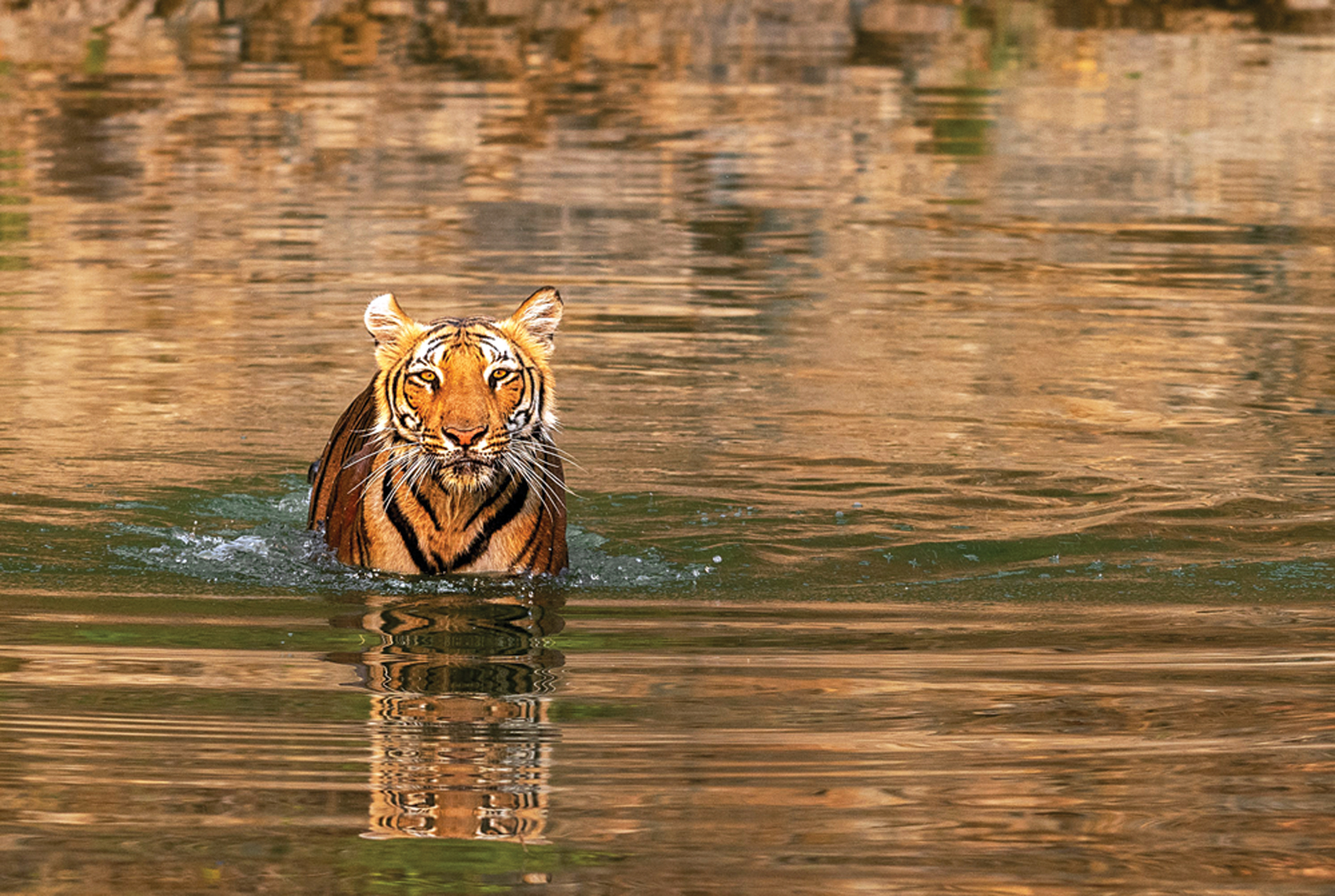
A golden hour portrait of Paarwali, a well-known tigress at the Jim Corbett Tiger Reserve, captured by Aditya.
Photo:Aditya Agarwal
You have faced several personal challenges and yet exude optimism and equanimity? How do you manage to do this?
I think one has to have a positive attitude in life. We all encounter tough times and cannot possibly control all that comes our way. By working on our own perceptions of events and adversities, and by looking for the silver linings that are invariably there, negativity is kept at bay. I supplement this by engaging myself in doing things that I love… and keep me happy. Family and friends play a massive role here. Moving forward with a positive mental attitude helps nurture optimism and enthusiasm, both of which help create better future outcomes. I find myself coming out stronger after a crisis!
Who have been your greatest influences?
I have been extremely lucky with my bosses. Since my very first job, I have been influenced by the people I have worked with. My colleagues have helped me evolve a strong work ethic, taught me the importance of hard work and how to aim high. I have learned that relationships are valuable, and that nurturing them is key to almost any success on both the personal and work fronts.
Where did you grow up and do your schooling and did you ever imagine you would be leading an organisation as large as Morningstar?
I was born in Dehradun and did my primary education in Kolkata before moving back to Dehradun. I lost my father when I was very young and began managing the family savings while still in my teens. I remember visiting our local sub-broker/investment consultant to invest my mother’s money in company fixed deposits, which provided better returns than bank deposits. I was fortunate to have thus been exposed to financial markets before most people my age. Sitting in the office of our investment consultant turned out to be both interesting and exciting. Almost by osmosis, I gradually began to understand the nuances of stock investing.
Given my interest in capital markets, my career options seemed predetermined! I worked for a few reputed financial services firms in Delhi, before breaking out on my own as a co-founder of mutualfundsindia.com. This was India’s first dedicated mutual funds portal that provided research and analytics on a host of Indian mutual funds. With more than a little pride I can say that the portal was rated among the best 150 websites in the world by Forbes.
As for Morningstar, I always admired the company for its sharp vision and ability to deliver. I was fortunate to join them as their first employee in India in 2008. Thirteen years later, we have grown to become a strong 3,200+ workforce in India. And we are still growing.
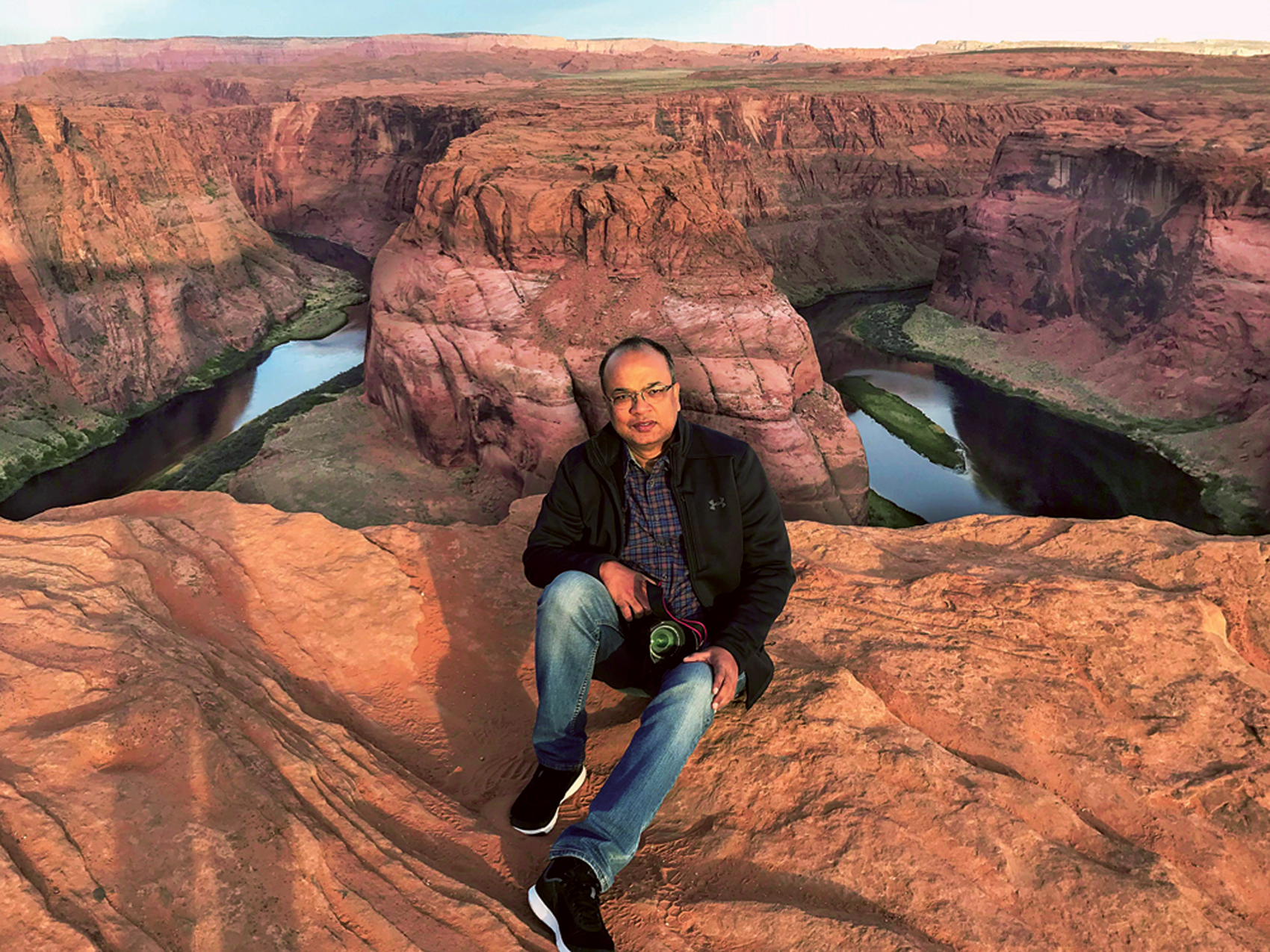
Aditya at Horseshoe Bend on the Colorado river located near the town of Page, Arizona in the United States.
Photo Courtesy:Morningstar India
You mentioned to me some time ago that young people are looking for and driving investments in sectors that do not damage the biosphere. How did this sensitivity come about?
Yes Bittu, we definitely see a lot more interest in sustainable investing globally. The growth has shown a significantly sharp upward trend in recent years. Basically, investors have become increasingly concerned about the many sustainability challenges facing the world today. Assets in sustainable mutual funds have grown to nearly US $4 trillion! Assets invested in all types of sustainable strategies now total over $35 trillion, according to the Global Sustainable Investment Alliance (GSIA). What is more, investors with a staggering $120 trillion in assets under management have signed on to the United Nations-backed Principles for Responsible Investment, committing themselves to the adoption and promotion of sustainable investing.
A survey conducted by Morgan Stanley in the United States revealed that 95 per cent of millennials surveyed were interested in sustainable investing, with 85 per cent believing that they actually could affect change by way of their investment decisions. Climate-change-themed funds have turned out to be among the best sellers in the last couple of years.
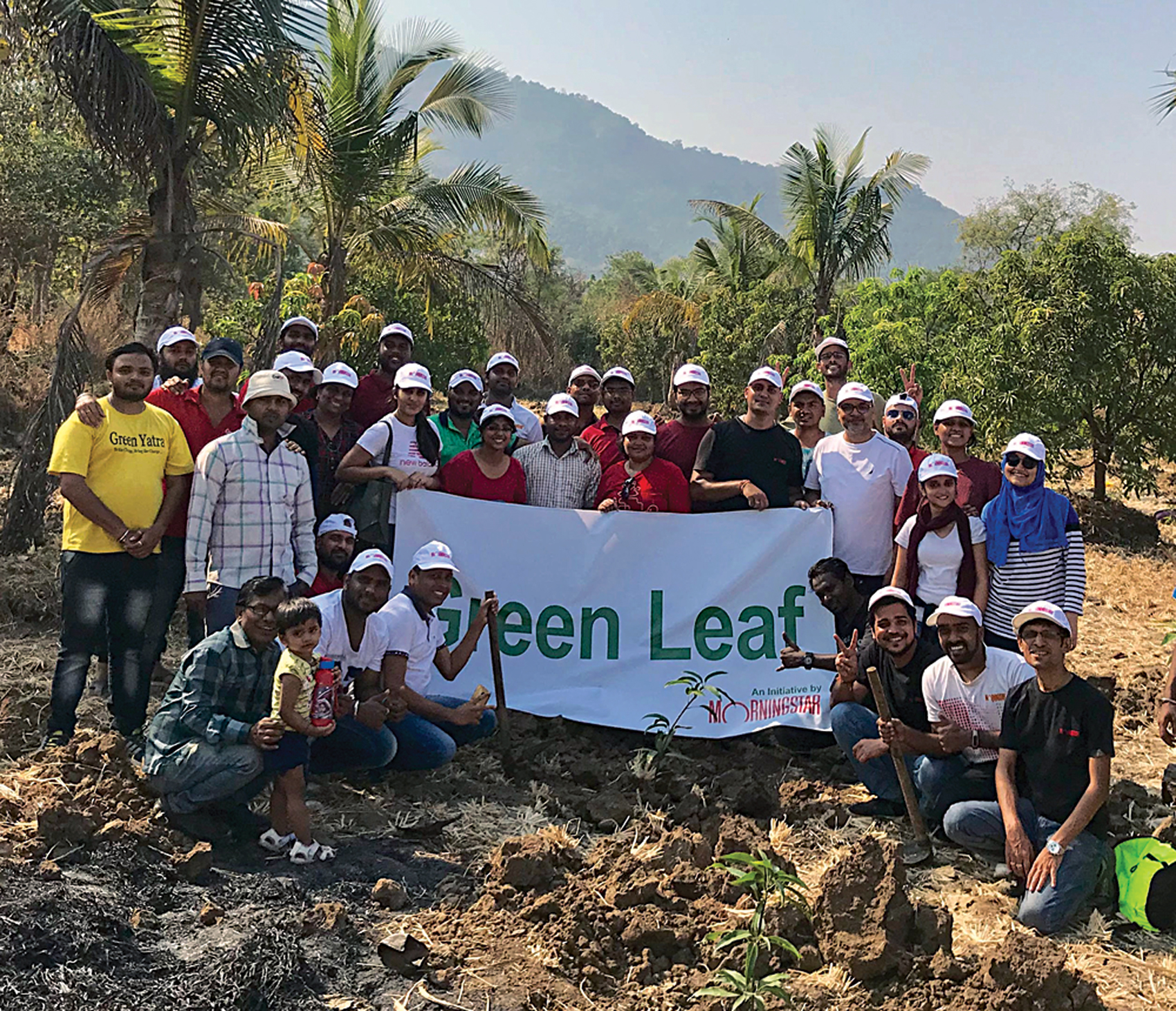
Morningstar’s GreenLeaf team during a tree plantation drive in a village near Bhiwandi, Maharashtra.
Photo Courtesy:Morningstar India
Similarly, we see a big uptick in Green Bond issuances. The evidence is in. Investors are pushing for a transition to a low-carbon economy.
Is this a global or United States of America phenomenon, or is India part of this metamorphosis? It’s not just in the U.S. and other developed markets. India is very much a part of this very welcome change. Though the Indian market is still at a very nascent stage from a retail investor interest standpoint, major developments are taking place on several fronts. Asset Managers are increasingly looking at incorporating elements of ESG into their investment process. And, significantly, a large number of funds are divesting from the highest-carbon emitters.
What kind of figures are we talking about?
At this point the mutual fund assets invested in Indian sustainable funds touched almost INR 13,000 crore in December 2021. That represents a growth of over 100 per cent in just one year.
What do you feel the impact of climate change is going to be on framing the policies of nations across the globe?
Climate Action is positively big on the agenda for most nations and thereby top on the priority list of policy makers. Regulators around the world have begun to compel disclosures around sustainability risks and the adverse impact that investments have on sustainability. The centrepiece of the new disclosures is the European Union’s Sustainable Finance Disclosure Regulation (SFDR), which places new requirements on multiple types of business and financial products.
Going forward, firms have to disclose the adverse impact their investments have on a range of factors, including emissions, energy and water usage in the environmental sphere. Also on accidents, CEO pay-ratios, and discrimination on the social front. The United Kingdom, Hong Kong, Japan and several other countries, including India are in the process of defining their own rules to prevent greenwashing and to reorient capital flows towards sustainable investments.
For the first time now, the Indian capital markets regulator, SEBI, has mandated the top 1,000 listed companies in India to furnish a Business Responsibility and Sustainable Report (BRSR), which captures detailed information on several ESG parameters.
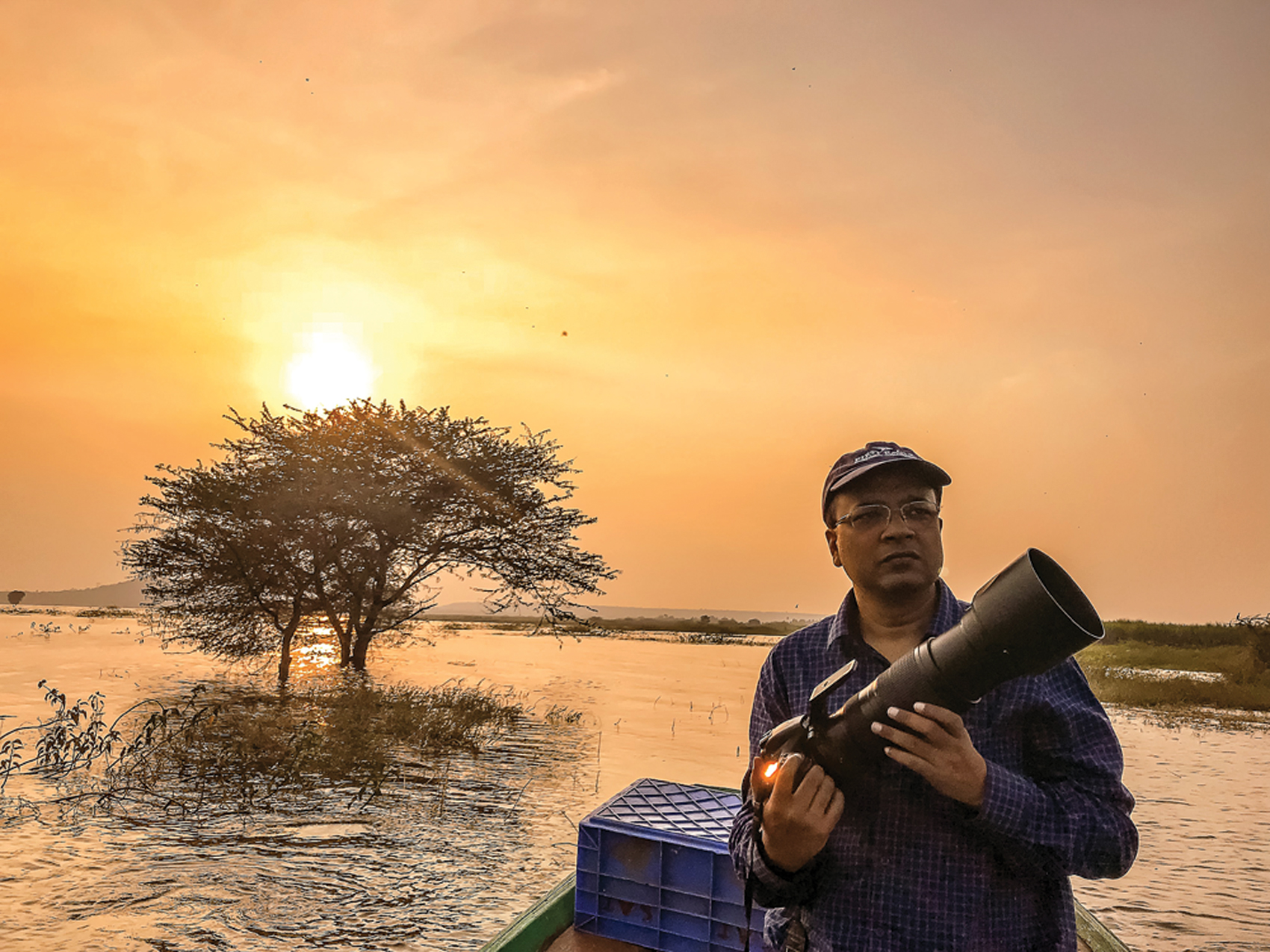
Aditya Agarwal during a trip to Bhigwan, a small town famous for birdwatching on the outskirts of Pune, Maharashtra, to photograph the migratory birds that arrive here each winter.
Photo Courtesy:Morningstar India
Switching tracks slightly… what will it take for people to understand the umbilicus between biodiversity and climate change?
A lot more education! Many people still have not made the connection between the loss and degradation of forests and biodiversity in their lives. The tiger is a magnificent animal, but as you keep saying it is a metaphor for all of nature and protecting wild nature is intrinsic to any solution we hope to find to tackle our climate crisis. This lack of understanding positions the tiger as a powerful, beautiful, glorified animal, which it is… but it misses the fact that tiger forests and other wildernesses are the source of water for virtually every large city and millions of farms. What is more, these green lungs sequester atmospheric carbon and store it where it belongs in and on the ground. By conserving natural ecosystems we give future generations a fighting chance to get on top of the climate crisis.
A personal question… if you were gifted 30 worry-free days to do anything you liked, what might you choose to do?
Let me tell you that at Morningstar we actually do give a three week sabbatical to every employee after completion of every four years of service. I do have some worry-free days available with me, but haven’t been able to make a decision yet. Perhaps spend time in a forest, or somewhere close to the ground in wild nature. A trip to Churchill in Canada, or Katmai in Alaska to watch polar bears or grizzlies would be amazing.
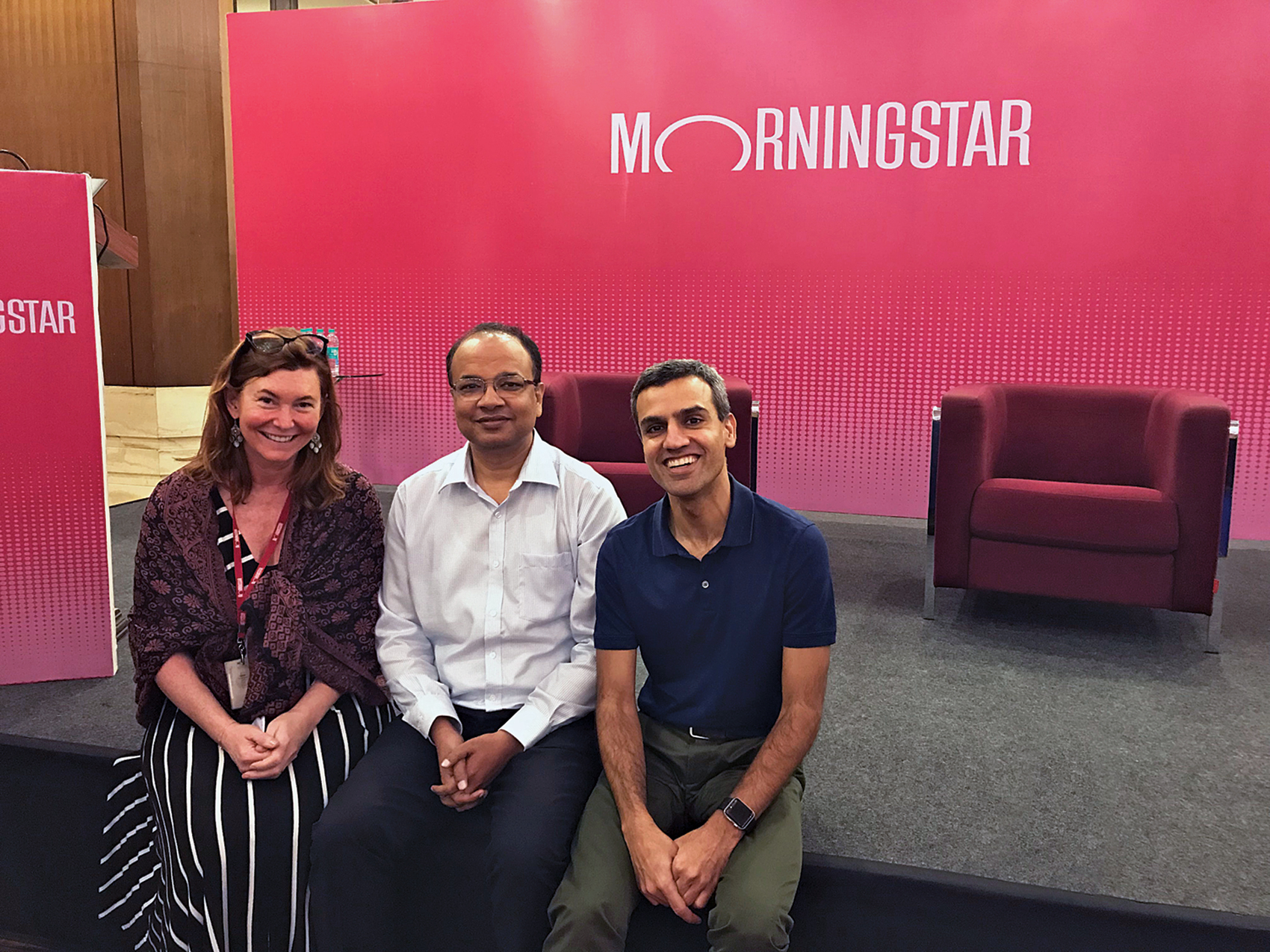
Aditya with Bevin Desmond, global head of Talent & Culture, and Kunal Kapoor, global CEO of Morningstar.
Photo Courtesy:Morningstar India
I’m delighted wild places are on your list? Seriously though, which is going to be your next great escape?
Bittu, wild places are always on my list. I have been visiting jungles for over a decade. I have been to Ranthambhore, Corbett, Pench, Bandhavgarh, Sundarbans and more. But I must confess that Ranthambhore is where my heart is. Being in the jungle in scorching heat or chilling winter with basic accommodation, away from the internet, is a challenging but a rejuvenating experience.
Being in the wild is a form of meditation for me. Disconnected from the rest of the world, the routine of professional life momentarily forgotten, nature has a way of helping realign priorities because one is reminded of both one’s transience and comforting insignificance in the larger scheme of things.
Yes! Getting away takes on a totally different meaning when it’s the wild you get away to.
You understand me perfectly. Living in a basic accommodation, away from the internet, acting as an observer for day after day in the forest rejuvenates body and soul. Prior to the COVID-19 pandemic I would usually manage at least three if not four trips a year to some national park or sanctuary in India. You and I have been talking about Ranthambhore. Why don’t we make that happen!

Aditya with his family, celebrating his mother’s birthday in Mumbai.
Photo Courtesy:Morningstar India
Done! In any event, Morningstar and Sanctuary are involved with large community outreach around the Ranthambhore Tiger Reserve. And the people of the 45 village communities you have been supporting would love to meet you and show you their world!
We are very proud to be a part of this community outreach programme, Bittu. Enabling the young and old with life skills in these villages ties in perfectly with our objectives. Morningstar actually works on several fronts ranging from children’s education, providing livelihood options for youth, and working on human health and safety issues. By honing in on communities next to our most biodiverse geographies, we discovered that the collateral benefits include enhanced biodiversity and livelihoods for people who must be the first beneficiaries of any biodiversity renewal. Apart from Sanctuary, we also work with an organisation you know well, the Last Wilderness Foundation (LWF) through whom we support the Pardhi community around the Kanha Tiger Reserve for school and college education. And with Sanctuary in Ranthambhore, Morningstar has helped tribal communities to cope with the COVID-19 challenges. You set up a computer training centre to enable young women and men to look beyond their villages to tap into opportunities online! Such skill-training will surely help many to earn dignified livelihoods.
What message would you like to give to young people starting out in their lives?
Apart from apologising to them for the state in which they find their world, I would say… trust nature. Understand all you can about its ways. You can… you must find ways to work with nature and not pit yourself against it. Also, stay focused and be patient... whether waiting to photograph a tiger, or hoping to gain from stock investments. Don’t get distracted by imagined opportunities you might be missing, and live in the moment instead. From positive attitudes and actions, you will find peace, happiness, safety and a zen-like equanimity.







